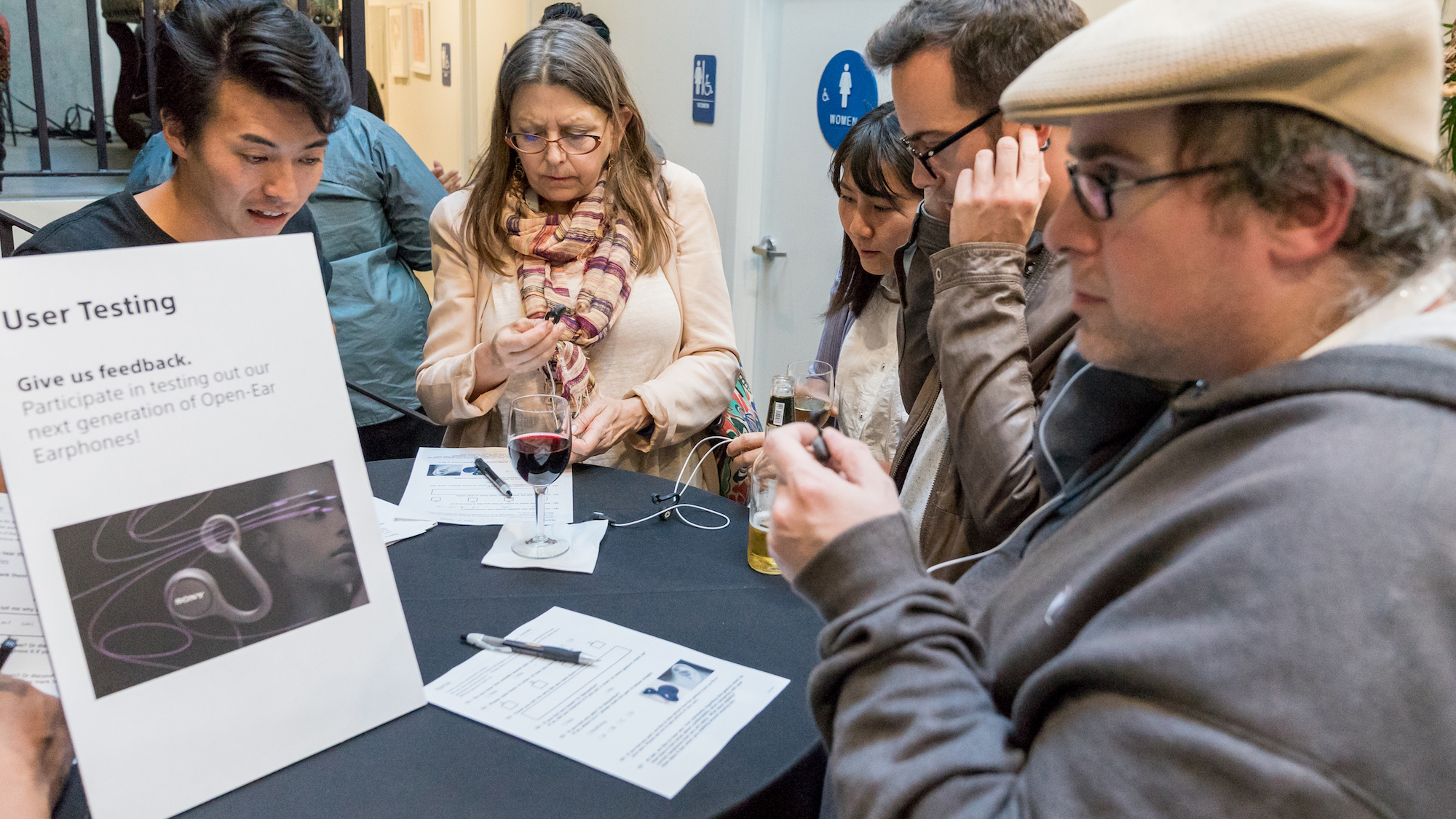
Sony Future Lab testers gather around to try out the latest Concept N prototype. Andrew Eggers for Sony
A tiny San Francisco art gallery isn’t where you’d normally find a group of hardware beta testers, much less for a major consumer-electronics company. But on August 26th, 2017, Sony held an event for exactly that at The Laundry, a small and intimate exhibition space in the city’s Mission District that’s so hidden, you have to walk through a cafe in order to get in.
Nevertheless, at around 5 p.m. on a Thursday, the place was filled to the brim. That’s because this was the fourth and final meetup for participants of “Program N,” a project where volunteers tested a hands-free open-ear audio device (called, appropriately enough, Concept N) for Sony for almost a year.
It’s a project within Sony’s Future Lab, a special research and development arm that comes up with new and innovative approaches to hardware. One of those approaches? Instead of developing products secretly, these prototypes would be open to the public for feedback.
Future Lab came about in early 2016, and the key difference between it and other R&D groups within Sony is transparency. “We had never disclosed concepts and technologies under development,” said Naoya Okamoto, a program director for Future Lab. “But [with Future Lab] we opened up for the first time.”
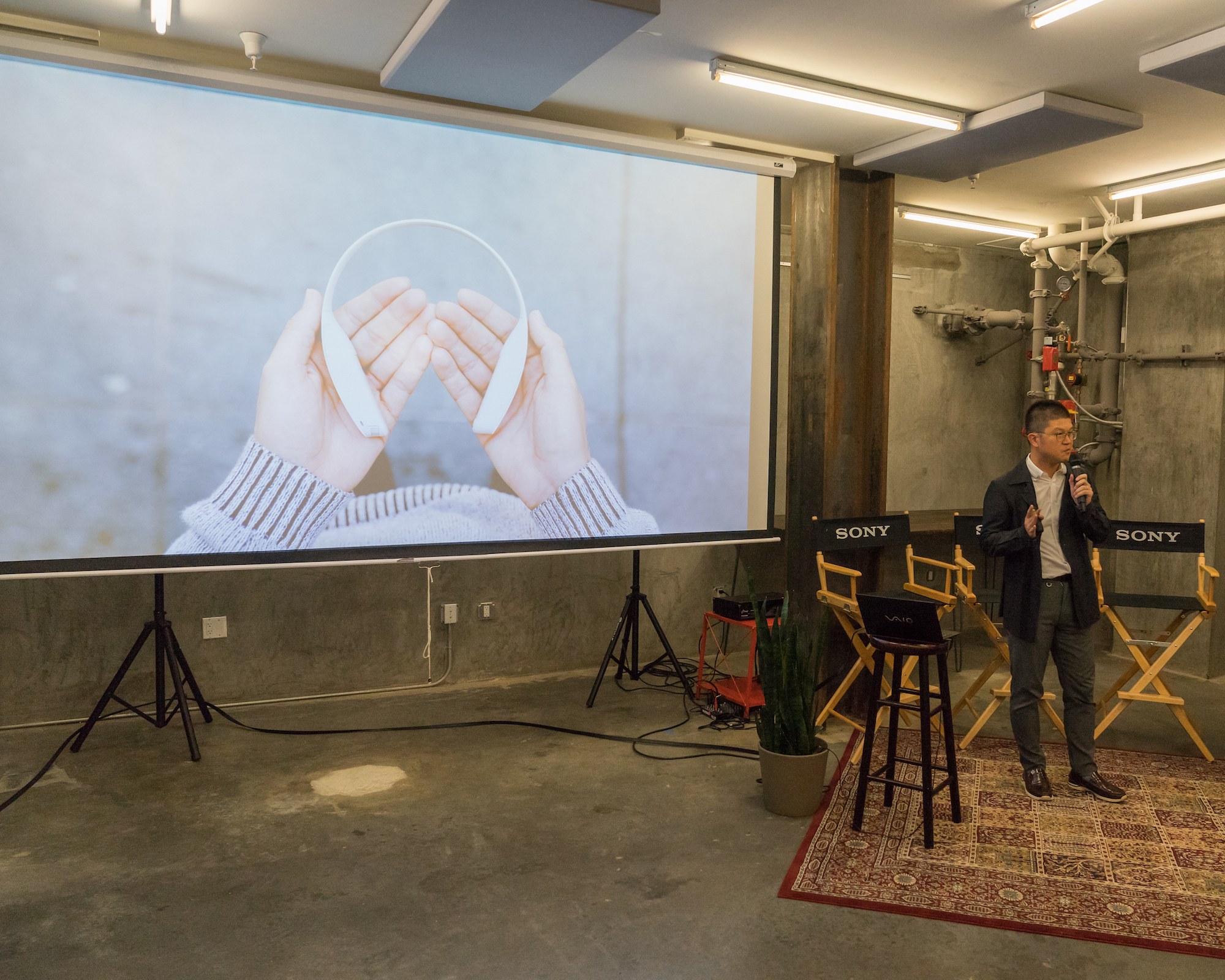
To be clear, these aren’t consumer-ready products. Not all Sony projects are eligible for the Future Lab treatment, and very rarely are they anything more than just concept prototypes, which rarely ever make the transition over to store shelves. Instead, Okamoto said that Sony hopes to use the feedback to accelerate its R&D activities in general. “It’s a very rare case, sort of an experiment, for us to share our prototype devices under development with the public,” he added. “And to let people use it at their leisure and away from our premises.” It was a big risk.
Yet, it’s a risk that Sony might be forced to make. Even though Sony was once the mainstream electronics brand of choice, it’s waned quite a bit in recent years. Its Xperia brand of phones has failed to capture the market the same way that Samsung and Apple has, and its Vaio brand of PCs proved so unsuccessful it had to sell it off a few years ago. Sony’s unfortunate insistence on proprietary media formats like Memory Sticks and Minidiscs didn’t help it either.
Sony’s Future Lab made its first public debut at SXSW last year, where it introduced a series of different concept prototypes for the first time. One was a projector that transformed any surface into a touchscreen interface (this would later be known as Concept T), an “aim-able” projector wand that could make it seem as if sound was coming from whatever area it was pointing at, and an advanced haptic controller that provided surprisingly realistic touch feedback.
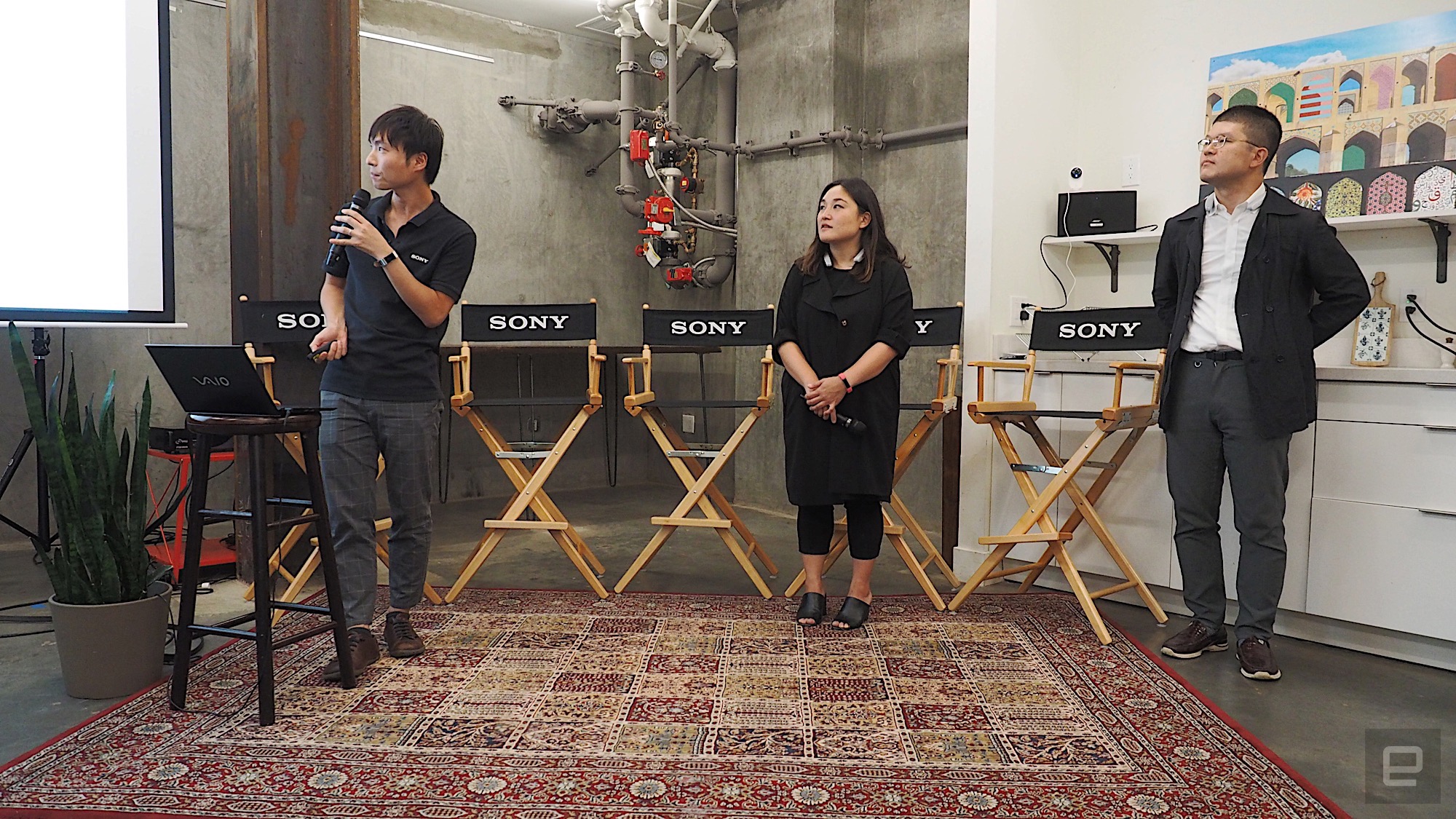
But the product that got most of the buzz was Concept N, the aforementioned audio device. It’s essentially a wearable neckband equipped with four microphones and acts as a hands-free way to interact with your phone, like asking for directions or finding out the local weather. It even has a built-in camera to which you can command to take photos.
The best thing about the N, however, is that it can play back audio in your ears without the use of intrusive earbuds. Instead, it uses innovative speaker placement to beam audio around your head. And if you want better audio quality, Sony also made a pair of unique open-ear earbuds to use with it. Rather than sticking in your ear canal, these earbuds clamp over, behind and onto the inside of your ear, so that you can still pay attention to your environment while listening to your favorite tunes.
“We had a round of discussions about how people were using their smartphones and devices,” said Kengo Yoshii, a Sony engineer who gave a presentation at the San Francisco meetup. “Was there a way to create an experience that allowed us to communicate and have access to information while still being able to engage and be an active participant in life?” Based on questions like these, Concept N was born.
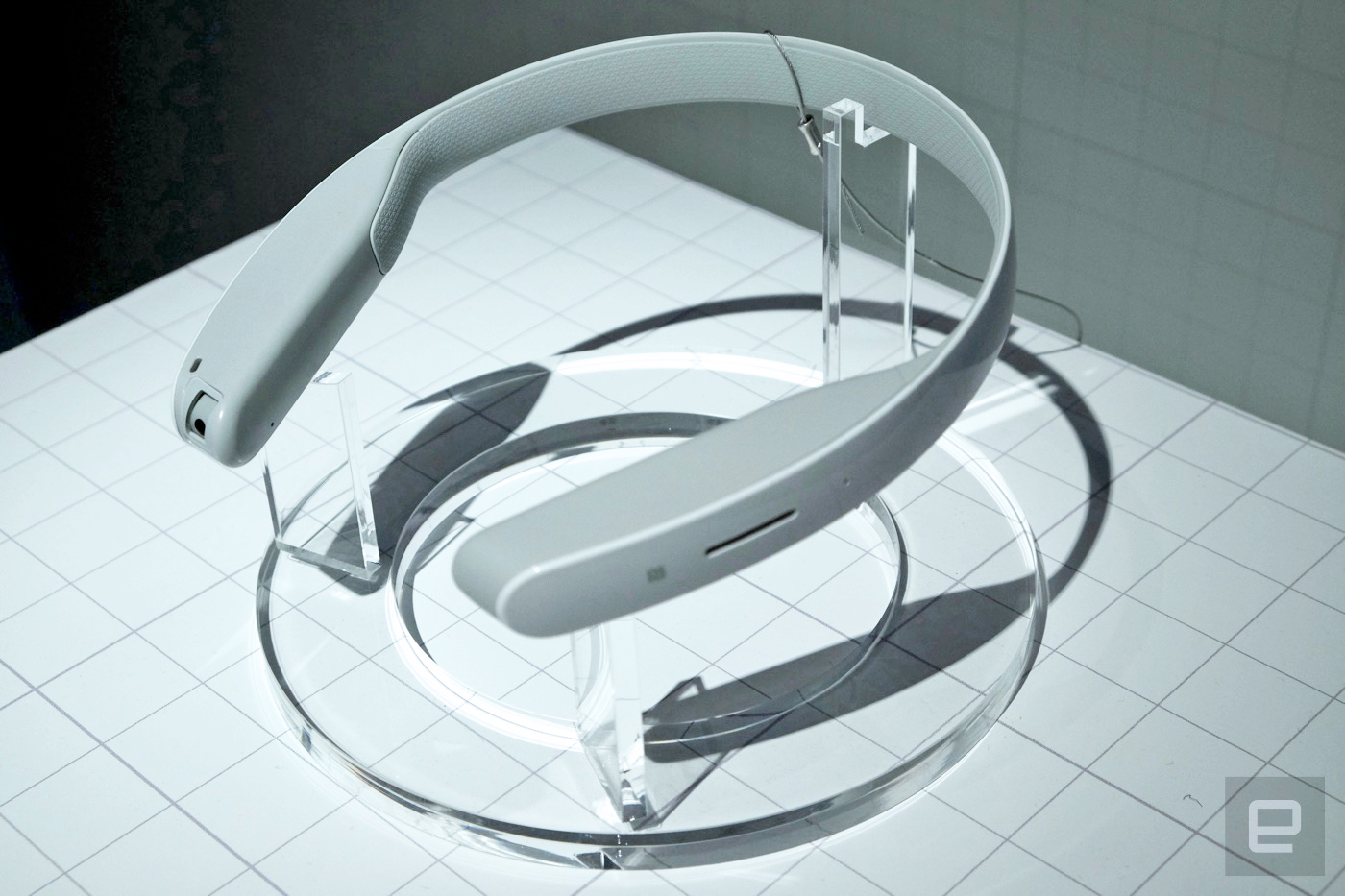
Makoto Murata, the project team lead for Program N, said that the team tested the product internally, but only received positive feedback. “We didn’t believe it,” he said. “To solve this problem, we [decided to] open the innovation up. Co-creation is the best way.”
“We found we need to share the actual, real voice of the customers,” Okamoto added.
So in September of 2016, Sony started to accept applicants for Program N. However, there were a few caveats. It was open only to people living in San Francisco and the Bay Area — Okamoto said this was specifically done to attract participants with an “innovative mindset” — and participation was by invitation only. What’s more, in order to sign up, applicants had to cough up $100 of their own money as a non-refundable fee.
To kick the program off, Future Lab held a sales pitch event in the offices of Wired Magazine, which also served as the first user initiation meeting. “It was a very diverse crowd,” said Erik Hartley, a Program N participant who attended the event based on a friend recommendation.
“It wasn’t just a bunch of tech people,” he added. “They were bike messengers, photographers, professors, and people from all different backgrounds. The people really brought me into it, moreso than the device itself.” Still, he didn’t make the decision to sign up until he tried it for himself. “The headphones sold me on it. This is something I want to spend a bit of money on.”
He wasn’t the only one. According to Okamoto, by the end of the program, Sony had about 300 participants testing Concept N.
And if you think this is just a glorified focus group, think again. Aside from paying their own money for the hardware, Program N participants were invited to attend several meetups throughout the year, where they interacted with Sony engineers directly. Future Lab also attended the Silicon Valley Bike Festival and Bike To Work Day SF in order to talk to cyclists and bike commuters about how N could improve their experience. Sony also flew out engineers and designers from Tokyo to San Francisco for the sole purpose of in-person feedback. This feedback would then shape future updates.
“The first version of N didn’t have a calling function,” said Okamoto, adding that most people in Tokyo don’t use headsets to make calls, so it was an afterthought. Understandably, it was the most highly requested feature right from the start, and was the very first update they made to the product.
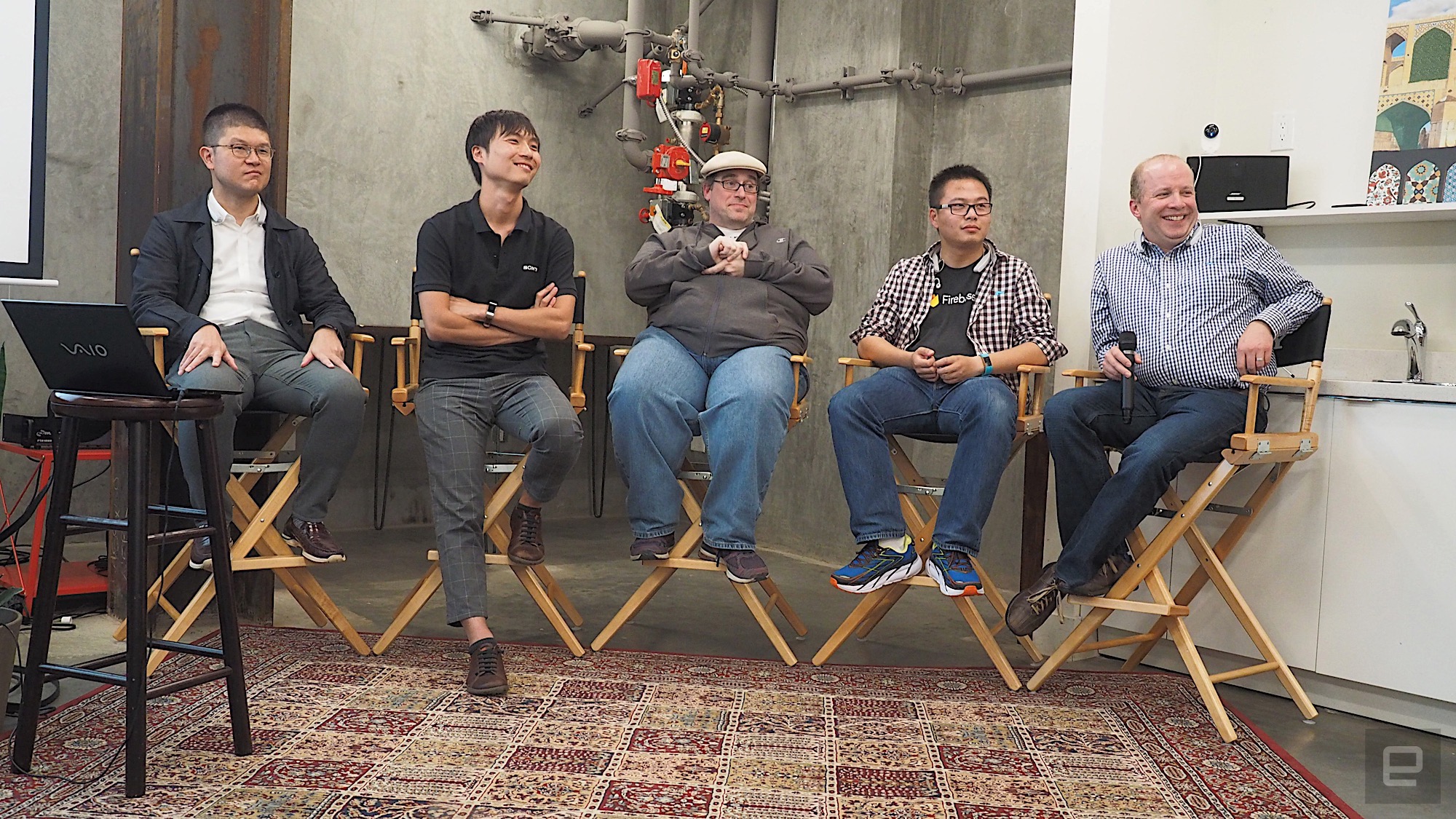
In addition to bug fixes, Sony introduced more features over time. Some of the more interesting ones include a personalized radio service that read the latest news to you, turn-by-turn directions, a local neighborhood guide that would recommend nearby attractions and NBA scores.
A particularly amusing addition was Lost Dog, an augmented reality game where you try to help a ghost dog reunite with its owner. “They put enough thought into it, where it worked exactly where people would be walking their dogs in San Francisco,” said Hartley. It’s an app that would only work in the city, he added, and yet Sony had actually hired actors to do voices for the game.
“They gave us dedicated support,” said Hartley. “There were actual engineers responding to us on a regular basis. For Sony to go out and crowd source this research and development, I’ve not seen that from other companies before. I’d love to see other companies do that.”
Eventually, the work that Sony was doing with Program N got noticed by Sony’s mobile communications department. “We saw what they were doing, and thought there might be something there for us,” said Don Mesa, the Vice President of Marketing for Sony Mobile Communications in North America. “We saw a connection between smartphones and the ear, and started to work behind the scenes on it.”
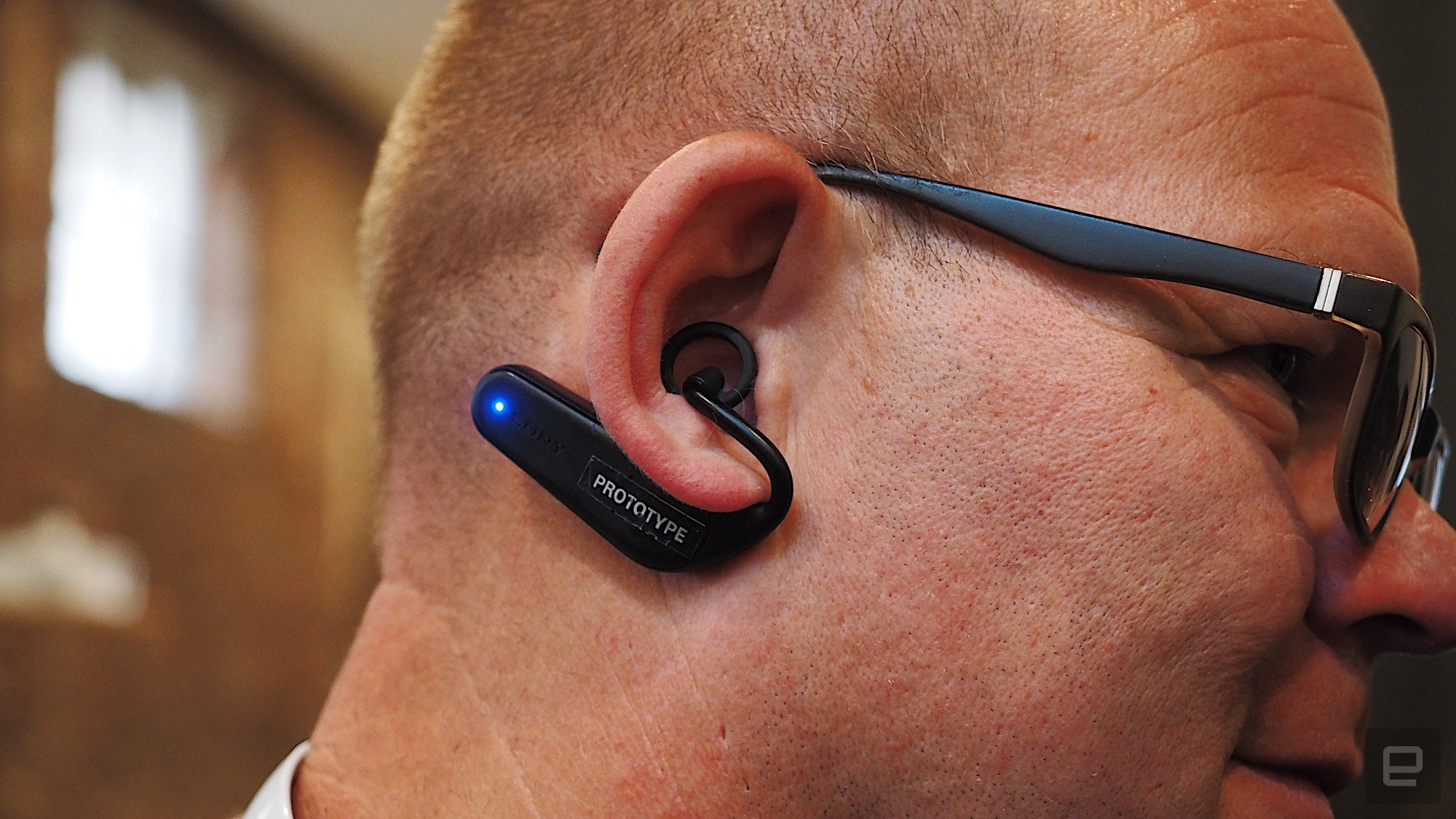
The result is the Xperia Ear Open-Style, which we just got a sneak peek of at this year’s IFA. Instead of using a neckband, it consists of two separate earbuds that you clamp onto your ears, similar to how the Concept N earbuds work. And unlike Concept N, which uses its own voice assistant protocol — the N assistants’ names are Nigel and Anna — the Xperia version will be compatible with your phone’s existing AI, be it Siri or Google Assistant.
But perhaps more importantly, unlike Concept N, the Xperia Ear Open-Style will eventually be a product that consumers can buy.
At the fourth and final meetup, users got together to talk about what they liked and didn’t like about the headset. Most seemed to really love the open-ear concept, and the ability to listen to music while also being engaged with the world around them. “For the first time it actually allowed me to relax at work,” said Hartley. “Because I could listen to music and function at work at the same time.”
“I had all kinds of voice interfaces at home. Amazon Echo, Google Home, Cortana,” said Qianhe, a senior researcher working in health and wearables. “But I didn’t have any voice interface that I can use in a wearable device […] N is the only device out there like this with a voice interface.”
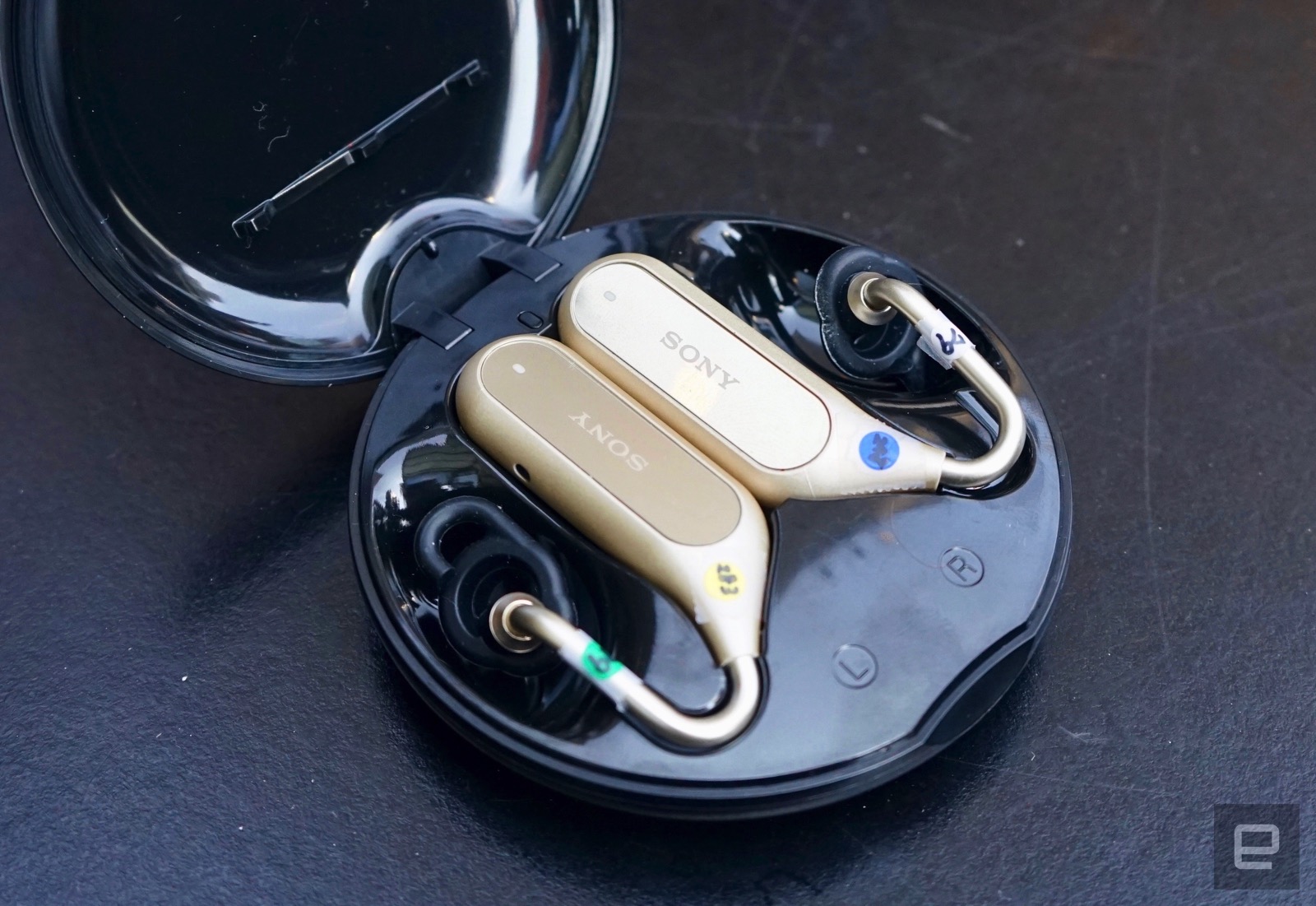
Thomas Harp, a cyclist, said he loves being able to listen to the environment while listening to music. “I’m typically riding around with a single headphone, but now I can get a stereo effect,” he said. “I use it everyday.”
Of course, there were complaints too. Most of the people in attendance agreed that the four to five hour battery life of the hardware was far too short, while others said the voice recognition could be better. In particular, one user said that he wanted the N dictionary to recognize more words.
Svante Rodegard, a user who was in the program from the start, said that he joined because he was a Sony fan. “There was a time when Sony had the coolest products around,” he said. “Ah, I thought. Sony is trying to get back on top with the cool products. That’s what brought me into this gathering.” More users chimed in at this point, and reminisced about their memories with the Walkman and the Minidisc player. One user by the name of Deborah said she “grew up in a Sony home.”
“When I was growing up, Walkmans were a big deal,” said Hartley. “Later in my life, I bought a Sony CD Mavica Camera. I had that for three years! It was only 1 megapixel but I liked it because I could have my pictures on my computer almost instantly.”
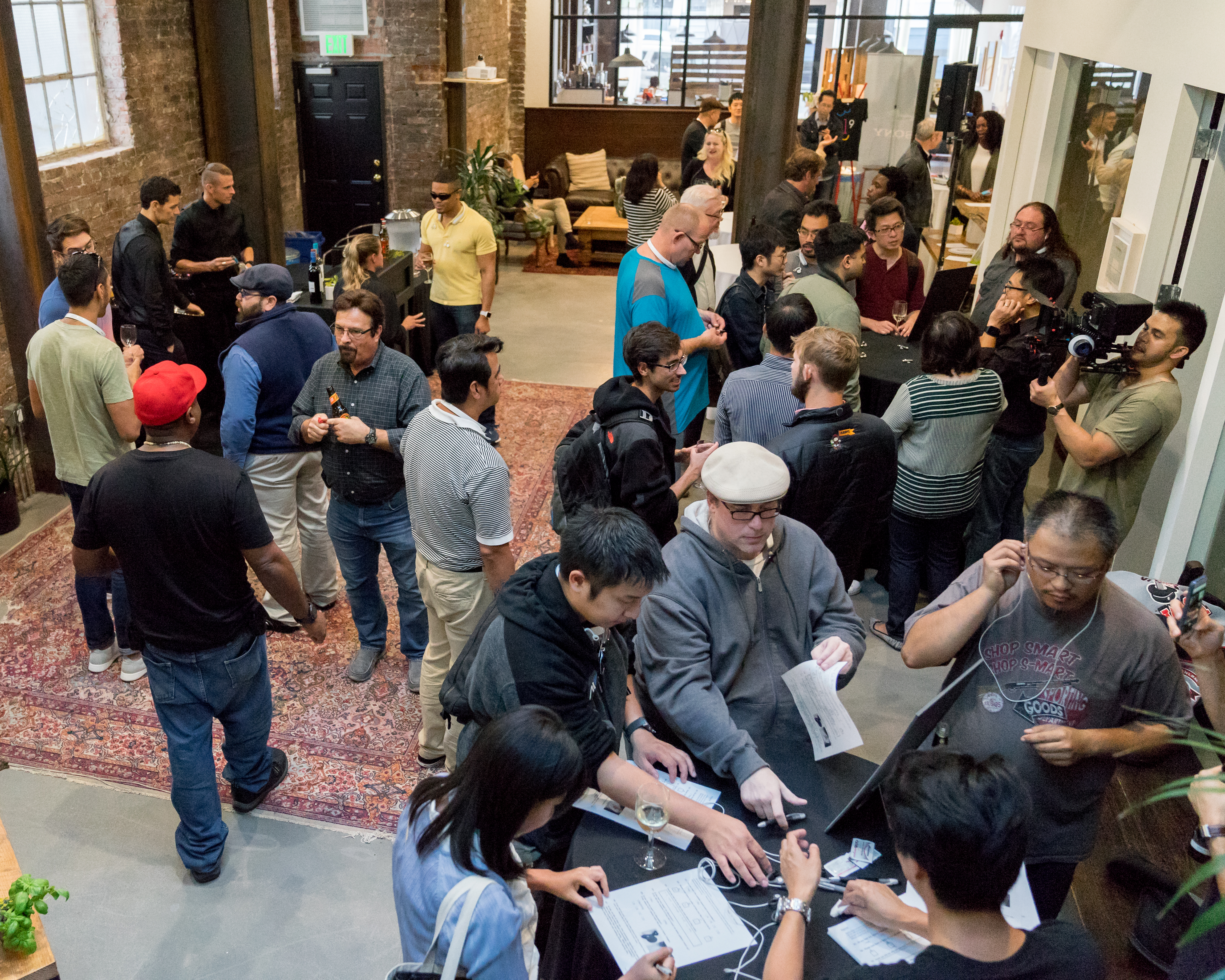
As of September 2017, Program N has officially ended, as its legacy continues with the Xperia Open-Ear concept over at Sony Mobile Communications. As for other Future Lab devices, Sony is now gathering applicants for the Concept T projector, though since it’s regarded as a B2B device, it’s a program that will be tested with developers and manufacturers rather than end-users.
As N drew to a close, Okamoto reflected on lessons learned during Future Lab’s first public-facing project. Unsurprisingly, he said he found real user feedback incredibly valuable, and that having over 300 participants in the program is far better than the usual small-scale test Sony does internally.
Perhaps the biggest lesson Okamoto took away from Program N, however, was that it changed the way the engineers thought about the hardware. “The engineers and R&D group, are usually separated from actual, real users,” he said. “Normally we are working in our lab, far from the real world.”
But when Sony had the engineers who made the prototype meet with testers face to face, Okamoto said that this changed their mindset. “They found the reality. The communications changed their minds. It was a more realistic way of seeing the user’s daily life.”
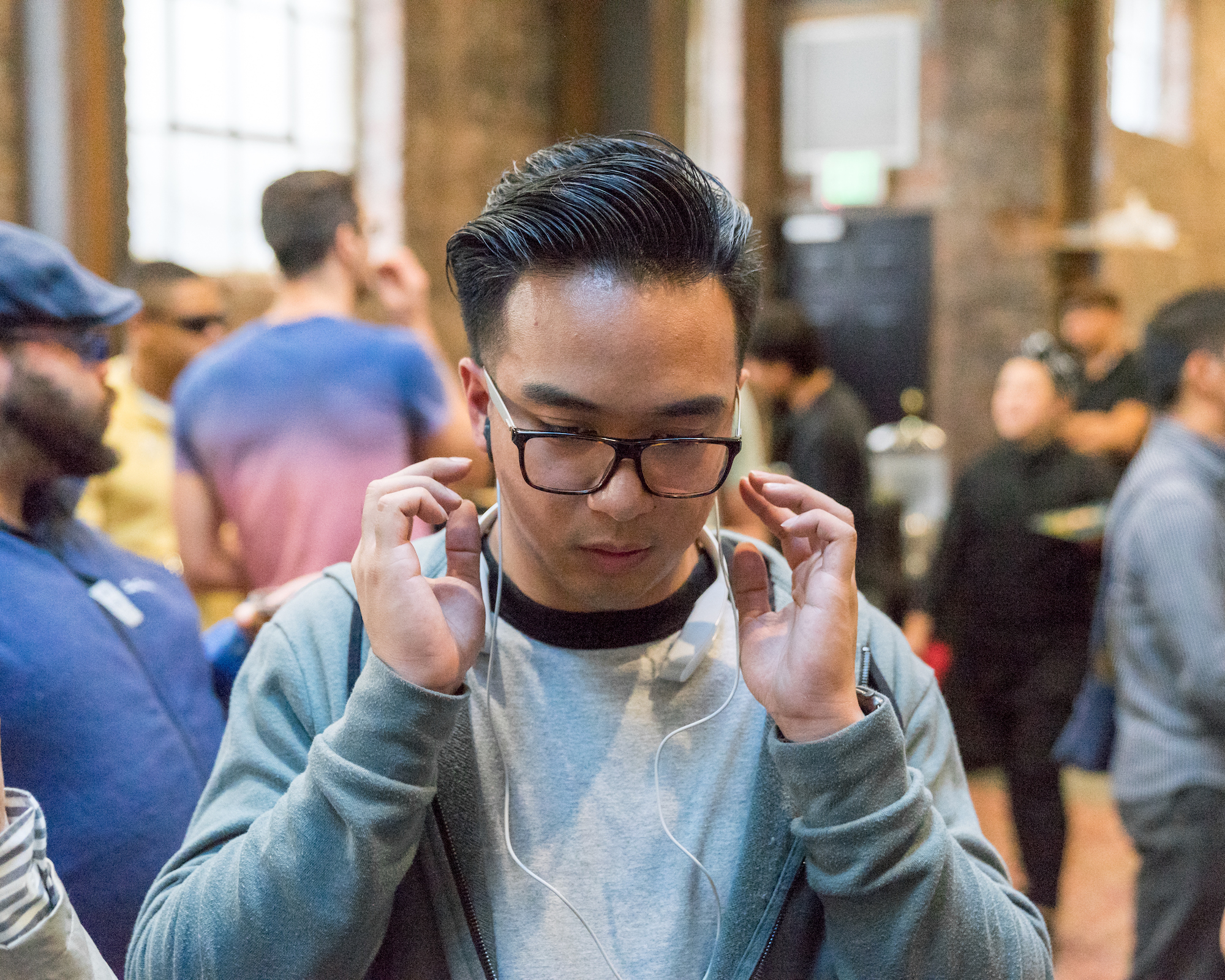
As valuable as this open and transparent way of R&D was, however, Sony said it won’t be using this approach with everything that the company makes — instead, it’ll plan an “appropriate program for each concept.” That’s understandable, of course, as doing this sort of project just for one product already requires a lot of resources and time.
But if there’s anything that this program shows, it’s that listening to users — some of whom are still very passionate about the Sony brand — can be very beneficial to a company that’s getting increasingly left behind in the consumer electronics wars. Even if the Xperia Open-Ear concept doesn’t become successful, Sony would have learned a few lessons from the back-and-forth process of talking to users directly; lessons that it could use with other products in the future.
Still, it’s not clear if doing this will actually give Sony its cool back. That vision of the company’s history might be long past rescue. Future Lab could end up like the Aibo; another failed Sony experiment.
But as long as Sony is still surviving, it’s trying its hardest to stick around. “The next concept prototypes are under way,” said Yoshii as he ended his presentation at the meetup. Later that evening, he announced that he had moved from Tokyo to San Francisco, to work closer with the Future Lab team in the US. “We hope that we can continue our relationship,” he told the crowd. “We hope to co-create our future together.” And, perhaps, Sony’s future too.
[“Source-engadget”]
